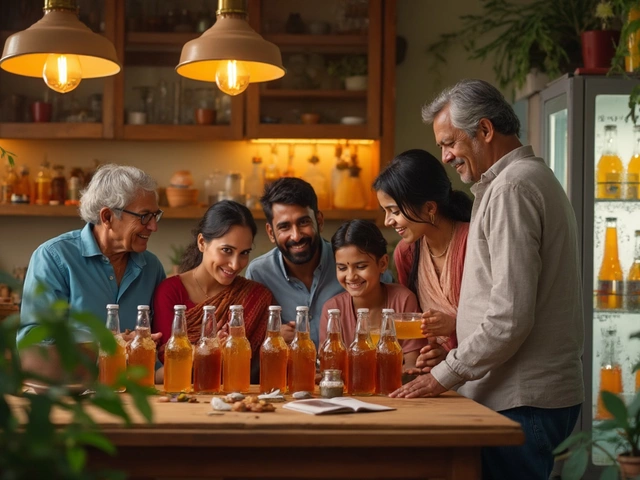Wine Tasting Made Simple: What You Need to Know
Ever wondered why some people can tell a wine’s age, region, and fruit notes just by sipping? It’s not magic – it’s a set of easy steps anyone can learn. Below you’ll get the core actions, common mistakes to avoid, and a few pairing hacks that will level up your next tasting.
The Three S’s: Swirl, Smell, Sip
The fastest way to sound like a pro is to remember the three S’s. First, give the glass a gentle swirl. This releases the aromatics that sit on the surface. Next, take a quick sniff – don’t overthink it, just note the first impression. Finally, sip slowly, let the wine coat your mouth, and think about texture, acidity, and finish. Doing this in order keeps you focused and prevents you from skipping important cues.
Practical Tips for Better Tasting at Home
Use a clear, medium‑size glass with a thin rim – it lets you see color and swirl without spilling. Keep the room at a comfortable temperature; extreme heat or cold will mute aromas. If you’re tasting several wines, have a spit bucket or a glass of water handy to cleanse your palate between samples. A small piece of plain bread or crackers works great for resetting your taste buds.
When you write notes, keep them short: fruit (apple, cherry), body (light, medium, full), and a single word for the finish (smooth, crisp, lingering). Over‑writing can confuse you later, especially if you’re comparing multiple bottles.
Try pairing a crisp white like Pinot Grigio with light seafood or a creamy cheese. The acidity cuts through the fat, letting the wine’s fruit shine. For a bold red like Cabernet, go for grilled steak or aged cheese – the tannins match the protein’s richness. Simple pairings often reveal the wine’s character better than exotic combos.
Don’t forget the fun part: tasting with friends. Share your notes, compare impressions, and you’ll pick up new vocabulary fast. Even a quick Facebook group chat after a tasting can solidify what you learned.
Finally, trust your palate. If a wine tastes good to you, it’s good. The rules are guides, not laws. Keep experimenting, use the three S’s, and you’ll find confidence in every glass.

















Categories